No products in the cart.
In the realm of feline health, CBD for cat overgrooming is gaining attention as a potential solution for a prevalent concern among pet owners. Overgrooming in cats can indicate underlying issues that need attention. To protect your pet’s wellbeing, whether you’re a novice or an experienced cat owner, you must be aware of the warning signs, potential causes, and treatments for overgrooming.
This blog will address the problem of cats grooming themselves excessively and provide details on the reasons, symptoms, and potential solutions. To provide your feline friend the greatest care possible, you must comprehend this behavior.
Importance of Understanding Overgrooming in Cats
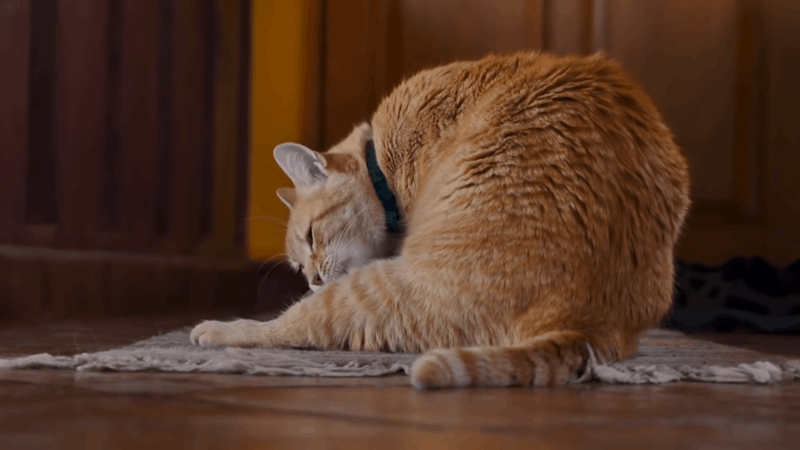
Grooming is a natural behavior for cats and serves several purposes. Cats that groom themselves maintain clean fur, reduce flyaways, regulate body temperature, and generally maintain good health. But excessive grooming can cause problems like irritated skin, losing hair, and even getting infections.
Pet parents can make sure their cats receive the attention and support they need to preserve their general health and happiness by identifying the symptoms of overgrooming and treating the underlying problem.
What does Grooming Mean?
Grooming in cats refers to the act of licking and cleaning their fur and skin using their rough tongues. For cats to keep their coats smelling nice, groom themselves, control body temperature, and retain good hygiene, they must engage in this behavior. Grooming is a natural instinct in cats that starts from kittenhood and continues throughout their lives. For these meticulous animals, it is a way to unwind and take care of themselves in addition to keeping them clean.
Signs of Overgrooming in Cats
It’s critical to identify overgrooming symptoms in cats in order to comprehend their health and address any potential issues.Signs of overgrooming in cats may include:
- Patchy or bald spots: Excessive grooming can lead to hair loss, resulting in noticeable bald patches or thinning fur in certain areas of the cat’s body.
- Skin irritation: Regular licking can irritate the skin, causing it to become red, swollen, or irritated or form scabs.
- Obsessive behavior: Sometimes cats may lick themselves so much that it gets in the way of eating, playing, or interacting with other people. This is known as obsessive grooming behavior.
- Hairballs: While occasional hairballs are normal, excessive grooming can lead to an increase in hairball production as cats ingest more fur than usual during grooming sessions.
- Changes in behavior: Behavior changes in cats, such as heightened agitation, restlessness, or social disengagement, may coincide with overgrooming.
- Visible signs of stress: Overgrooming can be a manifestation of stress or anxiety in cats, so signs of stress such as hiding, excessive vocalization, or inappropriate elimination may accompany overgrooming behavior.
Recognizing the signs of overgrooming in cats is essential for maintaining their health. By providing appropriate care, attention, and seeking veterinary advice when necessary, pet parents can help their feline companions lead happier, healthier lives free from the discomfort of overgrooming.
How Much Grooming is Too Much for a Cat?
Deciding how much grooming is too much for a cat can vary based on things like its breed, age, and how it behaves. Cats typically groom themselves for a considerable period of time each day, which is accepted as normal behavior.
However, when grooming becomes obsessive or compulsive, resulting in hair loss, skin irritation, or interference with other activities, it may indicate a problem. It is imperative that cat owners keep an eye on their feline’s grooming routine and consult a veterinarian if they observe any unsettling changes or indications of overgrooming.
Why is My Cat Over Grooming?
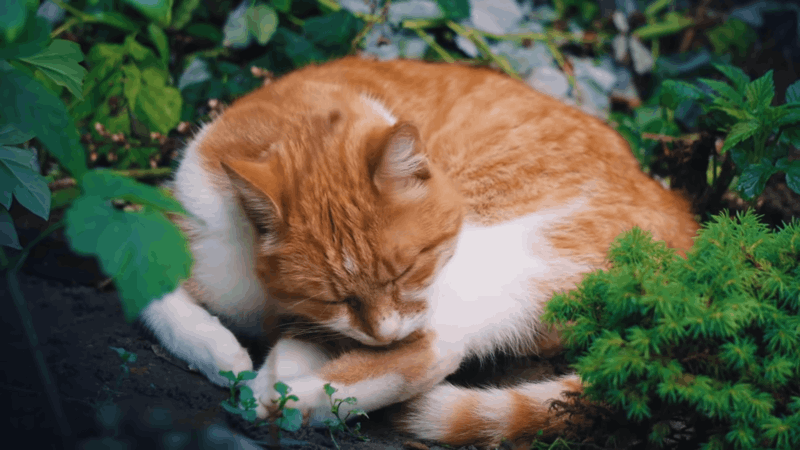
There are several potential reasons why a cat may engage in overgrooming:
- Stress or anxiety: Cats may over groom as a coping mechanism for stress or anxiety. Changes in their environment, routine, or interactions with other animals or people can trigger this behavior.
- Medical conditions: Underlying medical issues such as allergies, skin infections, parasites, or dermatitis can cause itching and discomfort, leading to excessive grooming as a way to alleviate the symptoms.
- Pain or discomfort: Cats may over groom certain areas of their body to relieve pain or discomfort caused by conditions like arthritis, injuries, or dental problems in cats.
- Boredom or lack of stimulation: Cats may resort to over grooming out of boredom or as a form of self-soothing behavior if they lack mental or physical stimulation in their environment.
- Social factors: Changes in social dynamics within a multi-cat household or the addition of a new pet can lead to stress-induced over grooming in some cats as they try to establish dominance or cope with the changes.
Understanding the underlying cause of your cat’s over grooming is essential for addressing the issue effectively. Consulting with a veterinarian can help identify any medical concerns and develop a plan to manage and reduce your cat’s over grooming behavior.
How to Stop Cat Over Grooming?
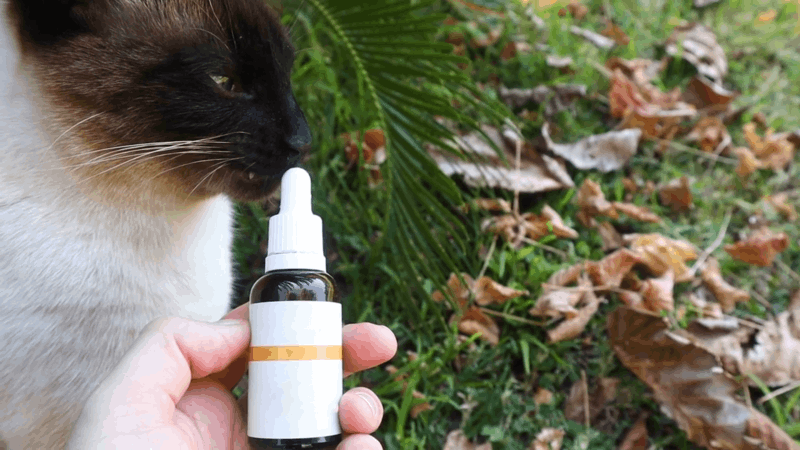
Stopping cats over grooming requires identifying and addressing the underlying cause. Here are some steps you can take:
- Veterinary consultation: Schedule a check-up to rule out medical causes of over grooming. Your vet can suggest treatment options.
- Stress reduction: Identify and minimize stressors in your cat’s environment to reduce anxiety.
- Stimulating activities: Keep your cat engaged with toys and play sessions to distract from grooming.
- Regular grooming: Brush your cat regularly to reduce the need for excessive grooming and strengthen your bond.
- Environmental enrichment: Provide mental stimulation with activities like puzzle feeders and window perches.
- Positive reinforcement: Use rewards to encourage alternative behaviors to over grooming.
- Medication/supplements: Your vet may prescribe medication or supplements to manage stress or underlying conditions.
- Professional help: Consider seeking assistance from a veterinary behaviorist if over grooming persists.
By addressing the root cause of your cat’s over grooming and implementing appropriate interventions, you can help your feline companion lead a happier, healthier life.
Over Grooming in Cats Treatment
Treatment for over grooming in cats depends on the underlying cause. Here are some possible approaches:
- Medical treatment: If caused by allergies, infections, or dermatitis, your vet may prescribe antibiotics, antihistamines, or steroids.
- Topical treatments: To soothe skin irritation, medicated shampoos or ointments may be recommended.
- Flea control: Addressing fleas requires appropriate products to eliminate infestations and prevent future outbreaks.
- Stress management: Techniques like environmental enrichment or pheromone therapy may help reduce anxiety.
- Dietary changes: Switching to a hypoallergenic diet can identify and eliminate potential food triggers.
- Behavioral therapy: Techniques like desensitization or redirection may help modify compulsive grooming behaviors.
- Monitoring: Regular follow-up with your vet is crucial to adjust treatment and ensure progress.
Remember to always follow your veterinarian’s recommendations and guidelines for treatment. With proper diagnosis and management, many cases of over grooming in cats can be effectively treated or managed, leading to improved comfort and quality of life for your feline friend.
Can I Use CBD for Cat Overgrooming?
It’s crucial to speak with your veterinarian before using CBD for cat overgrooming to be sure it’s safe and suitable for your cat’s particular requirements. While some pet owners have reported positive results with CBD products from reputable brands like Pet CBD Club, it’s crucial to ensure proper dosage, quality, and safety for your cat.
Consulting with a veterinarian will help you decide whether CBD is a good fit for your cat’s unique requirements and whether it can be included in a thorough overgrooming treatment plan.
Conclusion
CBD for cat overgrooming can be an effective solution to a serious issue that needs immediate attention from pet owners. By detecting symptoms early and taking proactive measures, such as stress management, CBD treatment, or veterinary care, owners can significantly contribute to the health and happiness of their feline companions.
Hello, I am Hazel Bennett, an experienced copywriter specializing in the fascinating topic of CBD for dogs. With a passion for pet wellness and extensive knowledge of CBD’s potential benefits, I am here to provide you with informative and engaging content.

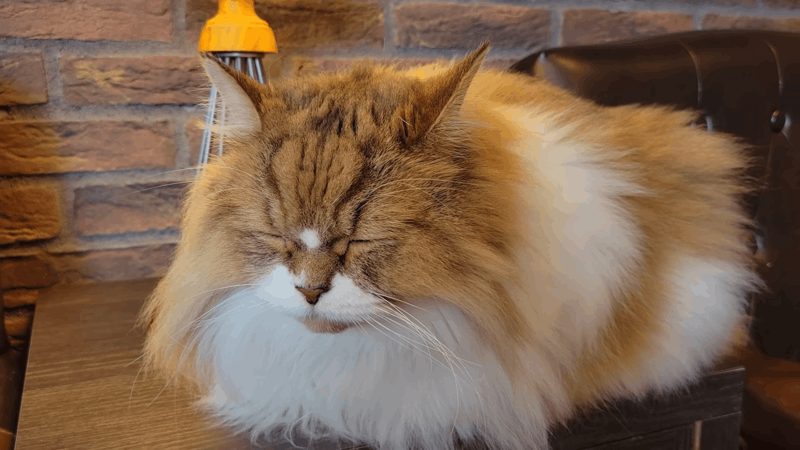
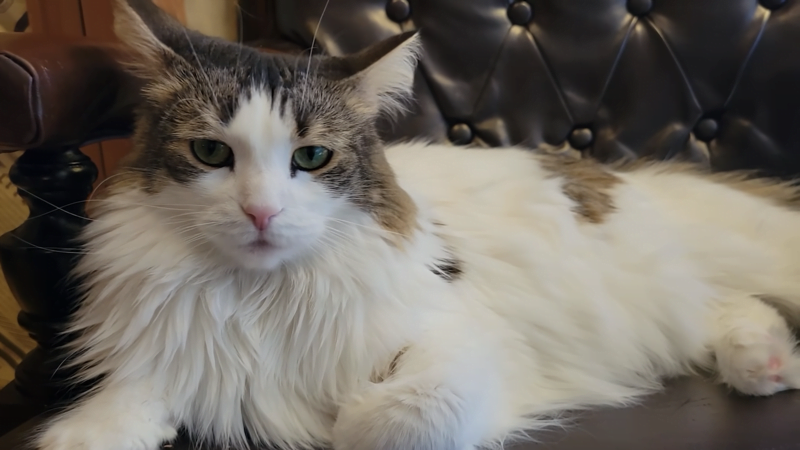
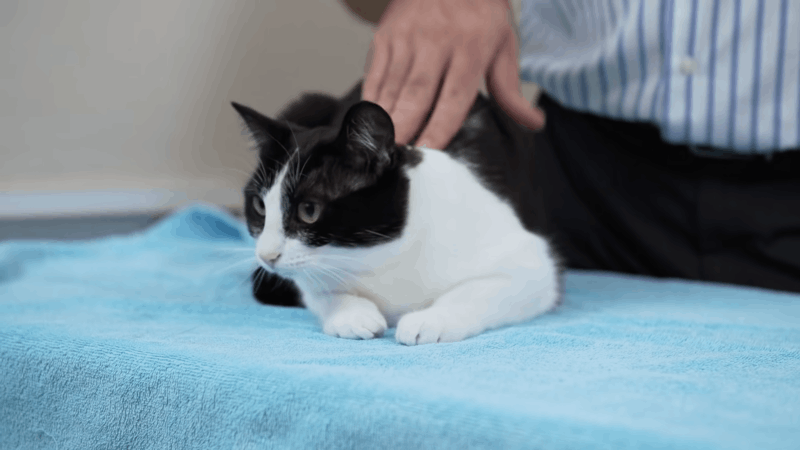
Say, you got a nice article.Really thank you! Really Cool.